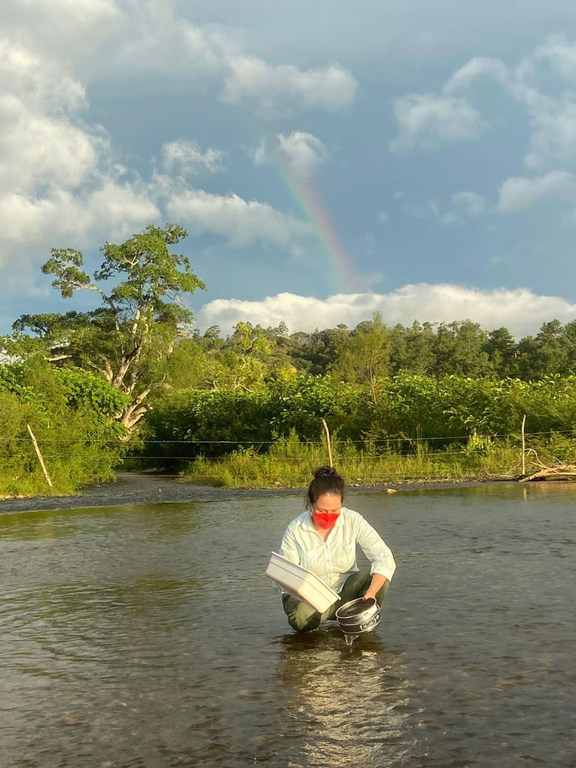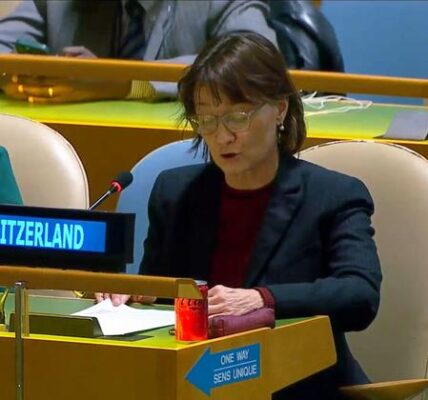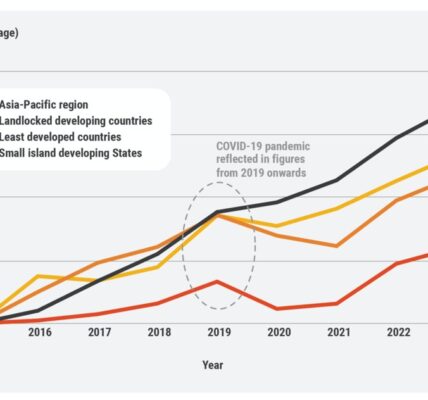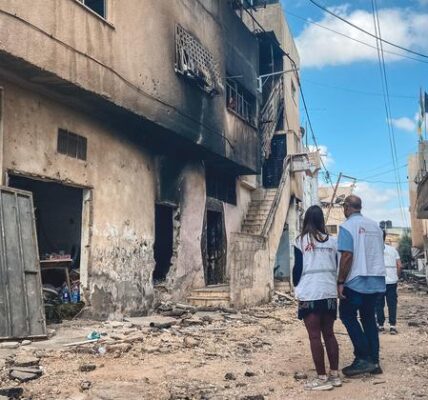Montserrat Xilotl, an expert in Climate Change Adaptation and Regional Technical Advisor for the UN Development Programme (UNDP), offers insight into the reasoning behind this.

Montserrat Xilotl, Regional Technical Advisor in Climate Change Adaptation for the UN Development Programme (UNDP).
Forests serve as natural purifiers and reservoirs for water. As precipitation occurs, the trees and plants capture and soak up the water, allowing it to penetrate the soil. This process helps replenish underground water sources, provide drinking water for communities, and sustain agriculture.
Forests play a crucial role in maintaining the balance of water in rivers and streams. The roots of vegetation provide stability to the soil, protecting it from erosion and maintaining a steady flow of water. This helps to minimize the occurrence of both floods and droughts.
Regrettably, Honduras has experienced a significant decrease in forest area over time due to extensive deforestation caused by unsustainable farming practices and illegal logging, which are both consequences of poverty. In addition, environmental threats such as wildfires, pests, and disease have also caused significant harm. It is estimated that between 1990 and 2020, the country lost approximately nine percent of its forest coverage.
Acknowledging the potential dangers to individuals, environment, and financial stability, Honduras has been thoroughly examining nature-based approaches with a strong focus on inclusivity.
In the beginning of this year, I traveled by plane to Tegucigalpa to observe a project funded by the global Adaptation Fund and carried out by the Ministry of Natural Resources and Environment (SERNA), with assistance from UNDP. The project was focused on the central forest corridor of the country.
I observed a truly inspiring sight. The youth and women were at the forefront, displaying their creativity and passion, and showcasing how their knowledge of the local area is the most effective approach to not only addressing climate change, but also preserving their country’s natural resources.

The youth in Honduras play a crucial role in monitoring and safeguarding the cleanliness of water.
I encountered these youthful scientists at a laboratory located at the National Autonomous University of Honduras, an essential factor in comprehending and resolving the water crisis in the country.
By examining the water ecology, they incorporated various methods to improve the monitoring of water sources and their quality in the central forest corridor.

Scientists at the National Autonomous University of Honduras are conducting innovative studies on climate data and water modeling.
The laboratory we were currently in was established approximately a decade ago as a result of a partnership between the ministry and university. This collaboration was made possible with the assistance of the Adaptation Fund and UNDP.
The university opted for scientific equipment instead of payment, in order to analyze the water entering the city. They established a department and a permanent lab focused on researching water ecology and its connection to microbiology, climatology, and physics.
The laboratory has developed revolutionary data on climate and water modeling. This marks a significant advancement that offers the fundamental scientific knowledge needed to tackle the crisis.
I encountered groups of female producers who are creating their own biofertilizers using plants, fungi, and fruits found in their local area. These biofertilizers are nutrient-rich and are sold in the local markets. During my conversation with one young woman, she shared her role as leader of the municipal fire brigade, which works to protect the forests from the growing threat of fires. She emphasized the importance of the forest to her community and expressed her pride in successfully preventing several forest fires from spreading. She also mentioned that through this project, she has learned how to prepare the forest for fire season, follow proper protocols during a fire, and communicate with other women in neighboring communities about early detection.
The university’s success in obtaining grant funding, particularly from the International Atomic Energy Agency (IAEA), is a positive sign. This has enabled us to pursue more extensive hydrological studies through the Adaptation Fund project, helping us to better pinpoint water sources in the forest corridor while taking into account growing demand and the effects of climate change.
As I flew back to Mexico, I realized that this is the true definition of transformational change – it is youthful, inclusive, and proactive. It became clear to me why climate goals set by countries, also known as nationally determined contributions or NDCs, that involve the participation of young people, women, and diverse communities, tend to be more ambitious than those that do not.
In the battle for a secure and successful future in regards to climate change, it is evident that our greatest resources are nature and the younger generation.
We need to cultivate the capabilities of both.
Achieve sustainable use of ecosystems by 2030 – SDG 15

SDG 15
-
Prevent and reverse the process of land and soil degradation caused by desertification
- .
Guarantee the preservation of mountain ecosystems in order to improve their ability to offer essential benefits for sustainable progress.
-
Encourage equal distribution and availability of benefits associated with the use of genetic resources.
-
Stop the illegal killing and trade of endangered animals, and tackle the problem of people buying and selling illegal wildlife products.
- Mobilize and increase financial resources to conserve and sustainably use biodiversity and ecosystems and to fund sustainable forest management
Increasing deforestation, deterioration of land, and extinction of species present significant dangers to both the environment and human population.
Source: news.un.org




